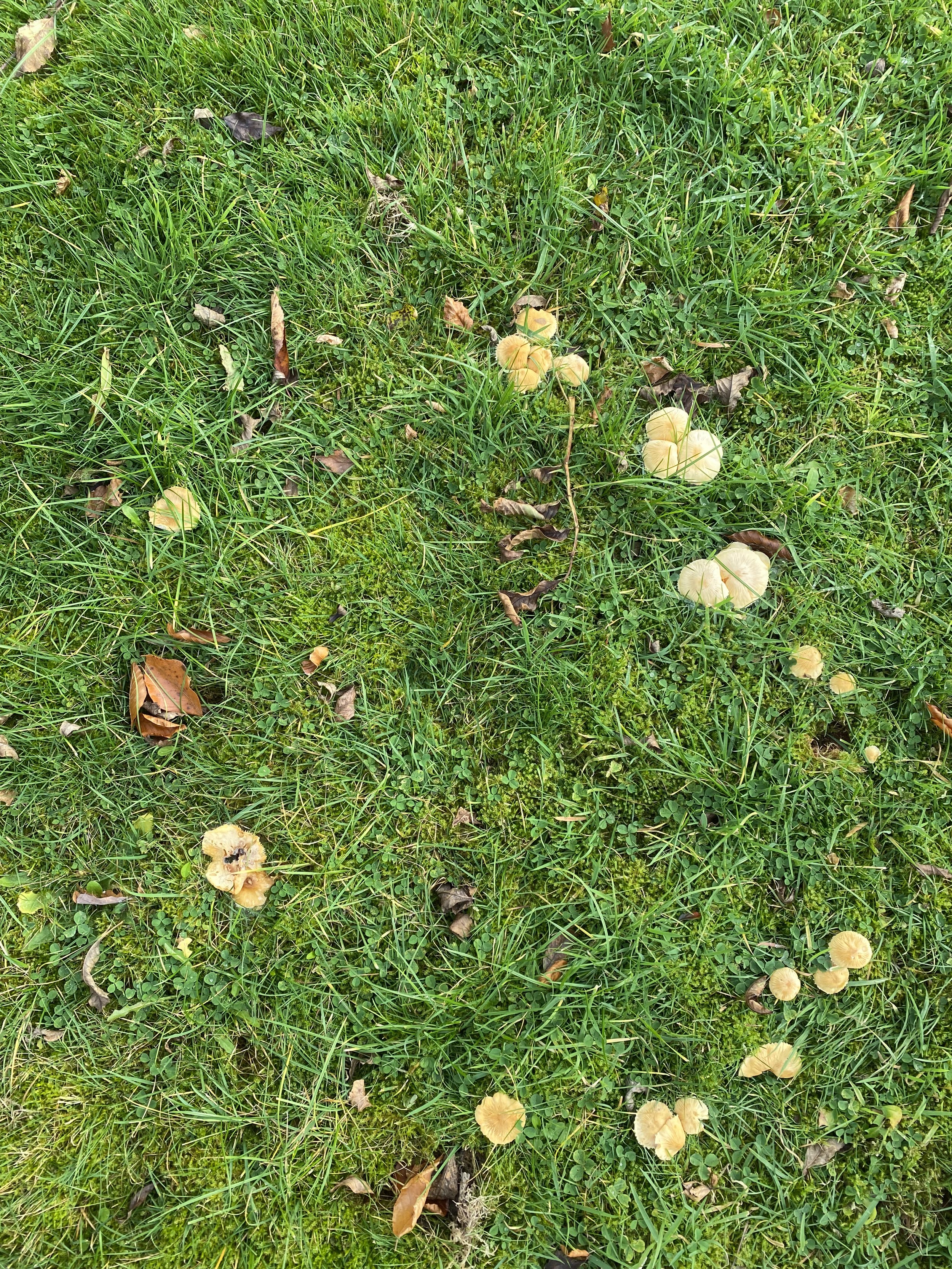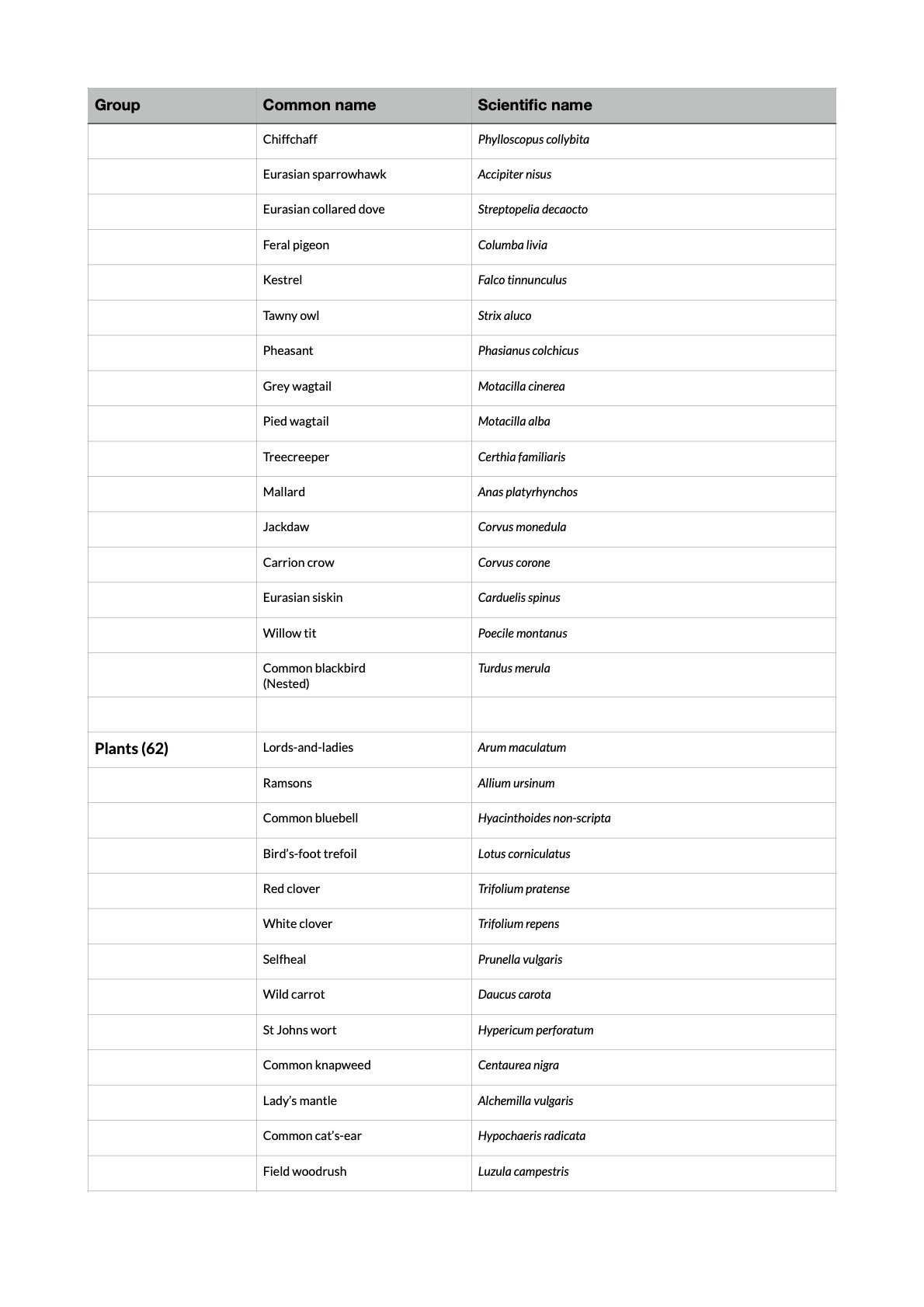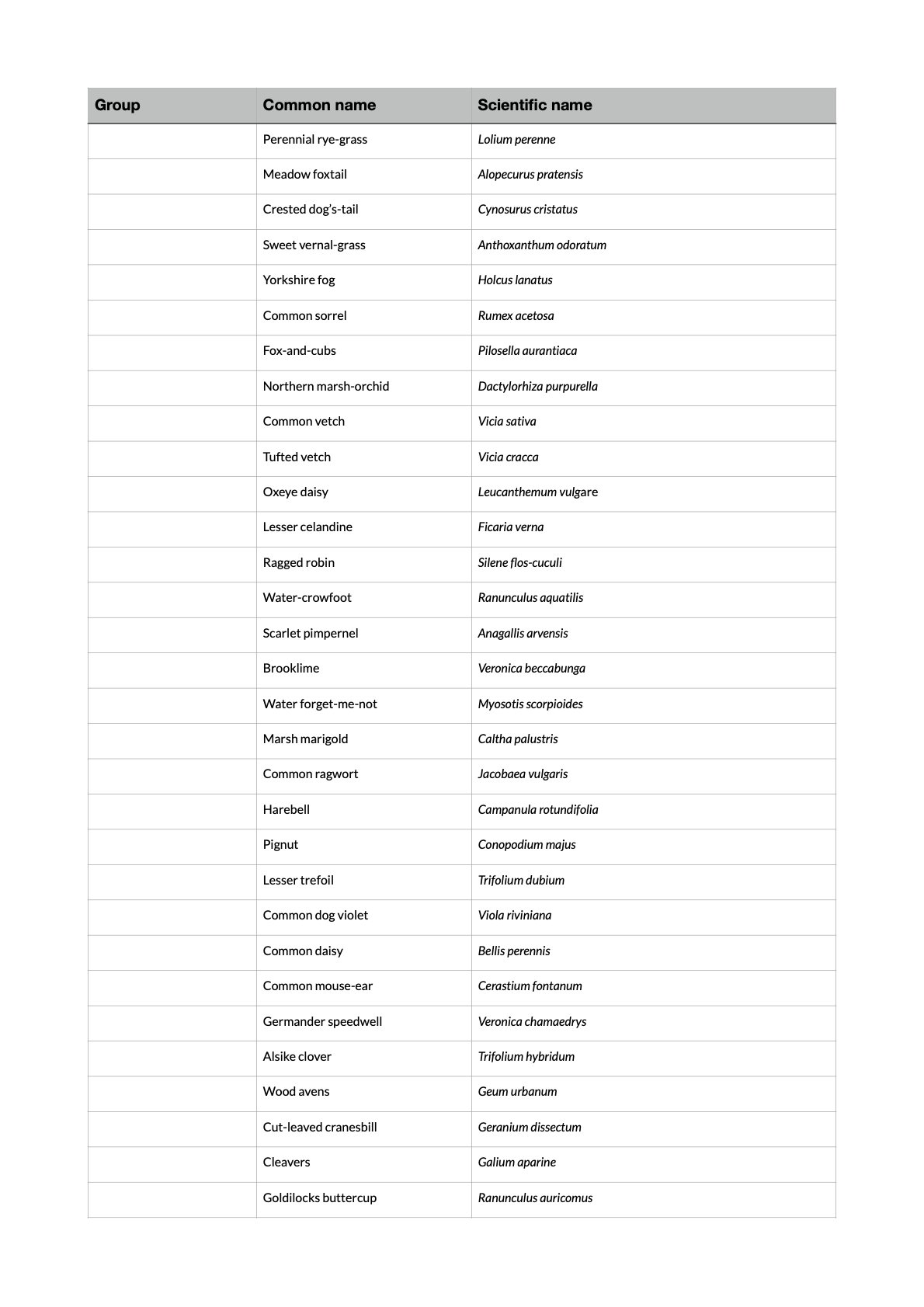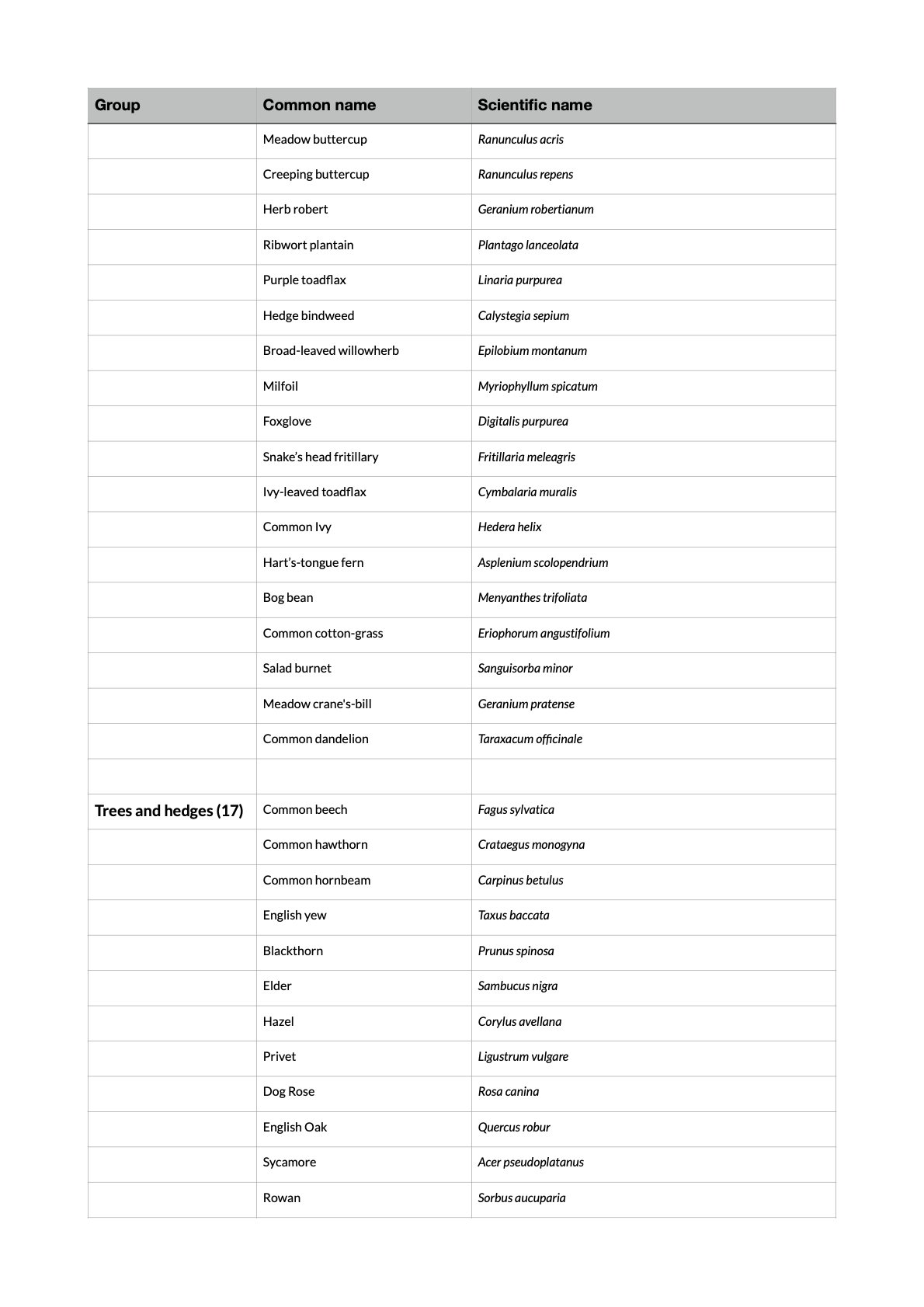It has been almost three years to the day since we moved into our new home and the obsessive naturalist in me has kept a species list for the garden since day one. Looking over it recently, I am slightly taken aback by the length and breadth of it so I thought it might be worth sharing my findings, three years on from acquiring a garden full of potential, but one crying out for some positive adjustments.
There are over 400,000 hectares of garden space in the UK and in England, the total garden area amounts to more than four and a half times the size of our National Nature Reserves. A colossal amount of acreage, with around 87% of us lucky enough to have access to a garden. I am a firm believer that gardens are a vehicle in which we can enrich nature, help it prosper and link up vital, safe corridors for wildlife. I have never thought of the garden as ‘mine’ per se, it is more of a stewardship, and a responsibility to share the plot with all wildlife, both those which have always been there as well as the animals which come to it now. The fact of the matter is that one day I won’t be here for it to be mine anymore so I am hellbent on it being handed over to someone else in a better state than I inherited it, for nature and in turn for people. That is the responsibility that falls on being an owner of an outdoor space. The more diverse the wildlife in my garden, the more enjoyment for me. Not to mention the environmental benefits. The UK is the most nature depleted country in Europe. Let that sink in.
But then think of what we can achieve in aiding the nature crisis with a few nudges in the direction of wildlife-friendly gardening.
You certainly do not need to survey the wildlife in your gardens to be able to enjoy it. Far from it in fact. But I decided to do so to try and paint a picture of what was there, what I could maybe improve and what I could bring to the garden long term. Of medium size, the garden narrows at the bottom to a semi-mature beech tree (Fagus sylvatica) with a narrow dene running in behind, leading into further woodland. There are no fences in the garden, only native hedges which I have plugged each winter to keep them full and robust with a strong species mix. Once we get to the species list at the end of this blog, you will see a fairly extensive list of flora and fauna. It is worth noting that most of these species, especially trees, plants and mammals, were present before we moved in and we are also blessed that the garden is located where it is, in close proximity to trees, water and fields. All I have tried to do is enhance what was already there whilst making it a safer and more cared for environment for everything that lives there. I would say around 85-90% of the flora species on my list were already present when I moved in, with the rest being native species that I have planted myself to add to the mosaic. So I can’t take too much of the credit for it, but I have been very focused on allowing it to become the most nature-friendly space it can be.
Small additions here and there over the last three years have included the installation of two small ponds, numerous deadwood habitats, small areas of wildflower meadow, bird boxes, solitary bee nesting boxes, bat roost habitat, quiet and undisturbed areas all year round, hedgehog hibernation houses and feeding stations, rock piles, hibernacula, amphibian shelters, bird perches, water for birds and insects, safe access to the ponds with ramps and shallow gradients and above all else the reversion from a constantly mown and sprayed lawn devoid of life to a sensitively managed, once or twice a year mowed garden using an Austrian scythe with a hay-raking regime. Within 3 months of the first pond going in we had breeding palmate newts. Blue tits have nested every year in at least one of the boxes and more recently, robins and blackbirds have also taken up residence. By scything, the efficient removal of nutrients from the soils has seen the dominant grass species reduce considerably in their density, leading to a more diverse ‘lawn’ of numerous plants with a considerable knock-on effect to insect life and beyond.
The original aim was to keep wildlife there and for it not just to pass through. I wanted to create a safe haven and for the garden to contain as much suitable habitat for as many species as possible to be able to see out a full annual life cycle. And for the most part, improvements to the overall ecology seem to have worked.
Plant lists in the summer months.
A northern marsh orchid sprung up in 2024 for the first time.
The traditional way. Less mowing, more fun, more diversity.
Female leafcutter bee resting up.
A small patch of harebells has come to the fore thanks to allowing the lawn to breath and natural seed banks to flourish again.
Blue tits taking advantage of the swift box.
One of many palmate newts that inhabit the original pond all year round.
Rosemary beetles ravage lavender but provide an essential food source for others.
A fairy ring of fungi.
I gave a helping hand to this coal tit after it collided with the back door!
A poplar hawk-moth in all its glory from my moth trap.
A confident looking female common toad.
Majestic red kite perching on the beech tree at the bottom of the garden.
There have been so many magical highlights since 2022. One that stands out in particular is the regular presence of badgers. When we initially viewed the house I noticed badger snuffling signs all down the foot of the hedgerow. I knew then that we were on to something and they have been welcomed ever since. I love seeing the mess they make. What that means to me is that they see the garden as a food source and a safe place of sustenance, which is why they keep coming back. Who cares if they dig things up, we get to see badgers!
In June 2023, the first visit of a fox cub really blew my mind. It was late afternoon and a small, unassuming russet-red figure appeared from the tall grasses at the bottom of the garden. I will never forget it. The ever-presence of hedgehogs and amphibians is truly incredible for me and watching their behaviour attentively will always be a source of wonder and entertainment.
Little over a year ago I was live-watching one of my trail cameras and spotted the alluring forward-facing eyes of a tawny owl perched on a branch down the garden. Something had grabbed its attention and as a nervous wood mouse reluctantly ventured down the pond ramp for a drink, within seconds the owl silently swooped down and grabbed it in its talons before devouring it on the bench nearby. What a wildlife moment that was!
Other prominent standouts would be the emergence of a northern marsh orchid last year, the constant flyovers of red kites and buzzards, a kestrel plucking a blue tit off the bird feeder, a female roe deer being caught on the wildlife camera checking out its reflection in the patio doors and most recently for this years RSPB Garden Birdwatch I was able to record a willow tit, one of the UK’s ever-rarer and fastest declining resident birds. I couldn’t believe my ears when I left the shed to the unmistakable zee-zurzur-zur call reverberating from the hedge - a sound only present at this time of the year in the short window of entering the breeding season. One maladroit and blurred video of said bird did not make the final cut for this blog, sadly.
A little fox cub that frequented the garden for two months back in 2023, learning to forage in front of our eyes, helped by plenty of natural cover.
Hoglet in the wildflower patch.
An almost comical image of a roe deer on the trail cam.
It is a privilege to call this a common site these days.
An uncommon sighting of a treecreeper searching for food on a dead crab apple.
A random encounter with a drake mallard.
It is important to point out that a big garden is not required to attract wildlife to your home. In my previous abode I had a very small, humble back yard in an urban environment, but I created a makeshift pond from just a washing up bowl with rocks and plants built up around it. Over time it became full of life which in effect, brought increased bird activity - fledgling dunnocks, goldfinches and a family of wood mice. All we need to do is try to use our spaces more carefully so that both people and nature can thrive. There is always something that we can do. The all-round benefits of nature connectedness are immeasurable.
This year I am planning a deep delve into the beetles, molluscs, bryophytes, lichens and arachnids that share this space with me. But for now, here is the current species list. Perhaps this can provide a little inspiration as to what can be achieved with a medium-sized garden positioned on the edge of a city.
Enjoy, and thanks for reading!





























